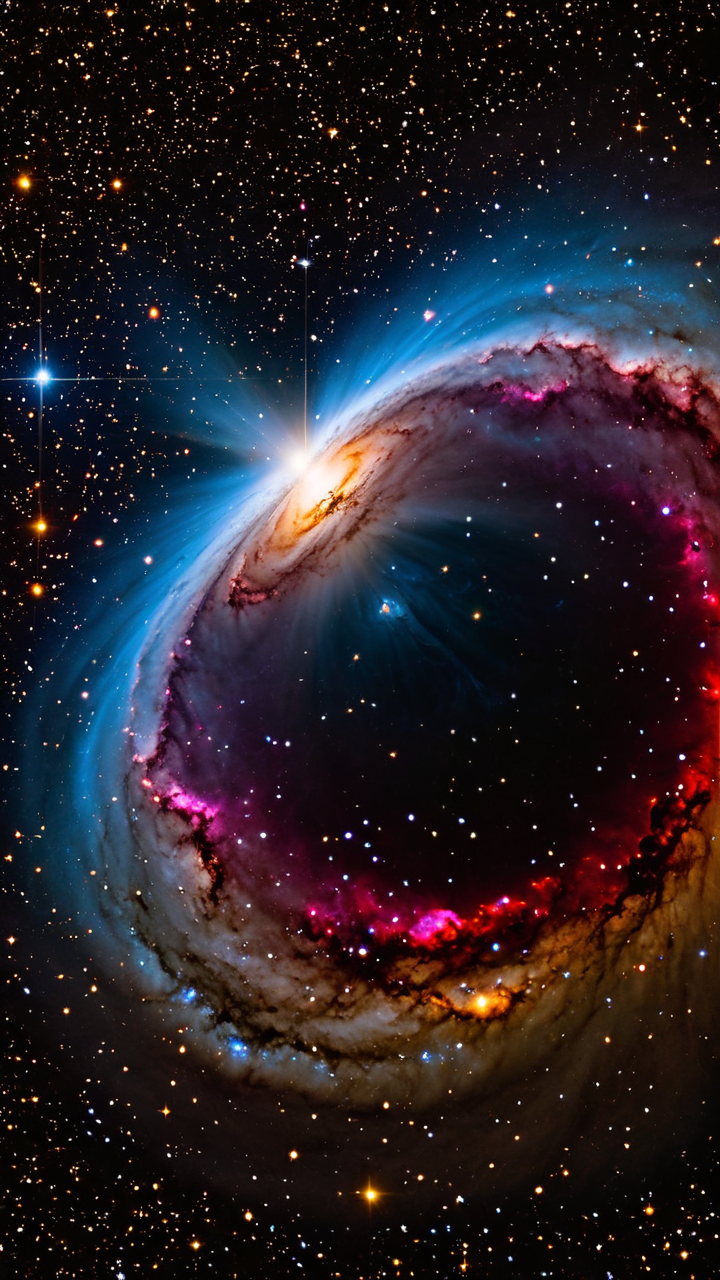
Why is this important for our future?
Peering into the Infrared: JWST’s Unique Advantage
The James Webb Space Telescope, with its unprecedented infrared vision, is revolutionizing our understanding of the early universe.
Unlike visible light, infrared light can penetrate the cosmic dust clouds that obscure our view of distant galaxies. This allows JWST to observe galaxies as they were billions of years ago, when the universe was significantly younger.
Think of it like this: visible light shows us the surface of a distant city, while infrared light allows us to see the buildings’ foundations and infrastructure – a far deeper understanding.
This capability is crucial for studying the very early universe, a period shrouded in dust and gas.
The Unexpected Discovery: Mature Galaxies in the Early Universe
One of JWST’s most surprising discoveries has been the detection of numerous massive galaxies far earlier in the universe’s history than previously thought possible.
These galaxies, observed just a few hundred million years after the Big Bang, are surprisingly mature and developed, possessing billions of stars and complex structures.
This contradicts existing models of galaxy formation, which predicted a slower, more gradual process.
For example, the galaxy GN-z11, previously thought to be one of the earliest and most distant galaxies, now seems relatively “young” compared to some of the massive galaxies JWST has found.
These findings suggest a much faster rate of galaxy formation in the early universe than previously believed.
The discovery of these unexpectedly mature galaxies poses significant challenges to our current understanding of galaxy formation and evolution.
The prevailing cosmological models suggest a hierarchical process, where smaller galaxies merge over time to form larger ones.
However, the sheer size and maturity of these early galaxies suggest a far more rapid and efficient process might be at play.
This could involve different physical mechanisms than currently understood, such as a higher rate of star formation or a different distribution of dark matter.
Scientists are now scrambling to revise their models to account for this new data, potentially leading to a paradigm shift in our understanding of the universe’s evolution.
Further research and analysis of JWST’s data are crucial to unraveling this mystery.
Implications and Future Research
The implications of JWST’s findings are far-reaching. They force us to re-evaluate our understanding of the universe’s timeline and the processes that shaped the cosmos.
This new data will undoubtedly lead to a renewed focus on theoretical research and simulations aimed at understanding how such massive galaxies could have formed so quickly after the Big Bang.
Further observations with JWST and other telescopes will be crucial in confirming these findings and exploring the details of these ancient galaxies. This is a truly exciting time for cosmology, and the discoveries are just beginning.
Imagine the potential for future breakthroughs!
Conclusion: A New Era of Cosmic Discovery
The James Webb Space Telescope’s infrared vision has opened a new window into the early universe, revealing a surprisingly rich and complex tapestry of galaxies far older and more massive than we ever imagined.
These discoveries challenge our fundamental understanding of the universe’s evolution and promise to revolutionize our knowledge of cosmology.
The journey to fully understand these findings is just beginning, but one thing is certain: JWST has ushered in a new era of cosmic discovery, inspiring both wonder and further scientific inquiry.



